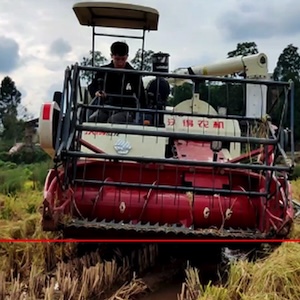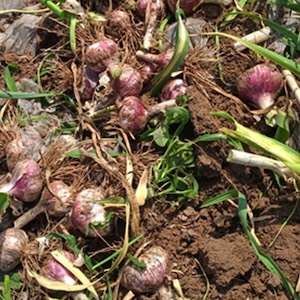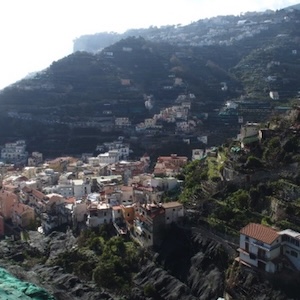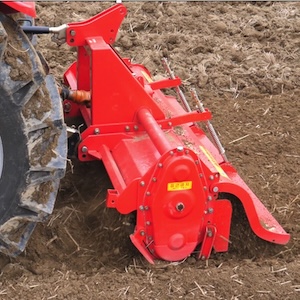UAV-SfM 4D mapping of landslides activated in a steep terraced agricultural area
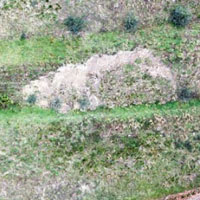
Published: 18 March 2021
Abstract Views: 2621
PDF: 869
HTML: 72
HTML: 72
Publisher's note
All claims expressed in this article are solely those of the authors and do not necessarily represent those of their affiliated organizations, or those of the publisher, the editors and the reviewers. Any product that may be evaluated in this article or claim that may be made by its manufacturer is not guaranteed or endorsed by the publisher.
All claims expressed in this article are solely those of the authors and do not necessarily represent those of their affiliated organizations, or those of the publisher, the editors and the reviewers. Any product that may be evaluated in this article or claim that may be made by its manufacturer is not guaranteed or endorsed by the publisher.
Similar Articles
- Adilkhan Niyazbayev, Francesco Garbati Pegna, Kanat Khazimov, Erik Umbetov, Kulmuhanbet Akhmetov, Zhadyra Sagyndykova, Marat Khazimov, Power need of an implement for removing polymer residues from the soil surface in Kazakh horticulture , Journal of Agricultural Engineering: Vol. 53 No. 3 (2022)
- Meizhou Chen, Guangfei Xu, Xianghao Li, Hongda Zhao, Yongli Zhao, Peisong Diao, Yinping Zhang, Optimization design and experiment of double-helix total mixed rations preparation mixer for silage straw feed , Journal of Agricultural Engineering: Vol. 55 No. 2 (2024)
- Alessio Cislaghi, Gian Battista Bischetti, Best practices in post-flood surveys: The study case of Pioverna torrent , Journal of Agricultural Engineering: Vol. 53 No. 2 (2022)
- Marko Milan Kostić, Nataša Ljubičić, Vladimir Aćin, Milan Mirosavljević, Maša Budjen, Miloš Rajković, Nebojša Dedović, An active-optical reflectance sensor in-field testing for the prediction of winter wheat harvest metrics , Journal of Agricultural Engineering: Vol. 55 No. 1 (2024)
- Pasquale Dal Sasso, Giuseppe Ruggiero, Maria Antonella Ottolino, Giuseppe Verdiani, The role of agroforestry areas of the province of Bari in the absortion of carbon dioxide , Journal of Agricultural Engineering: Vol. 43 No. 1 (2012)
- Ester Foppa Pedretti, Daniele Duca, Giuseppe Toscano, Giovanni Riva, Andrea Pizzi, Giorgio Rossini, Matteo Saltari, Chiara Mengarelli, Massimo Gardiman, Riccardo Flamini, Sustainability of grape-ethanol energy chain , Journal of Agricultural Engineering: Vol. 45 No. 3 (2014)
- Vidas Damanauskas, Algirdas Janulevičius, Effect of tillage implement (spring tine cultivator, disc harrow), soil texture, forward speed, and tillage depth on fuel consumption and tillage quality , Journal of Agricultural Engineering: Vol. 53 No. 3 (2022)
- Panchen Ruan, Yifan Fang, Zetong Li, Qiansheng Tang, Liangyuan Xu, Design and experiments of an integrated device for shrimp orientation and decapitation , Journal of Agricultural Engineering: Vol. 55 No. 4 (2024)
- Vincenzo Bagarello, Andrea De Santis, Giuseppe Giordano, Massimo Iovino, Source shape and data analysis procedure effects on hydraulic conductivity of a sandy-loam soil determined by ponding infiltration runs , Journal of Agricultural Engineering: Vol. 48 No. 2 (2017)
- Marco Fiala, Club of Bologna International Best PhD Prize 2012 , Journal of Agricultural Engineering: Vol. 43 No. 1 (2012)
<< < 20 21 22 23 24 25 26 27 28 29 > >>
You may also start an advanced similarity search for this article.

 https://doi.org/10.4081/jae.2021.1130
https://doi.org/10.4081/jae.2021.1130





